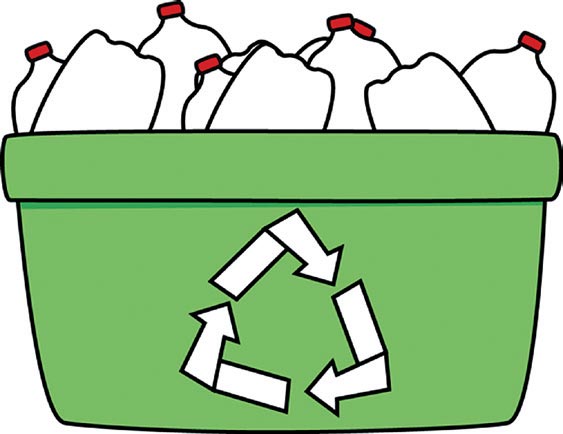- California Assembly OKs highest minimum wage in nation
- S. Korea unveils first graphic cigarette warnings
- US joins with South Korea, Japan in bid to deter North Korea
- LPGA golfer Chun In-gee finally back in action
- S. Korea won’t be top seed in final World Cup qualification round
- US men’s soccer misses 2nd straight Olympics
- US back on track in qualifying with 4-0 win over Guatemala
- High-intensity workout injuries spawn cottage industry
- CDC expands range of Zika mosquitoes into parts of Northeast
- Who knew? ‘The Walking Dead’ is helping families connect
The Plastic Plague
There are many beautiful oceans around the world where marine life can thrive and live with no worries. But the world has faced a huge epidemic that may be insolvable and a huge danger to oceans around the world. Plastic waste has been invading our world and causing destruction to our marine life. It has become its own plastic apocalypse and can eventually be insolvable to any marine biologist or scientist around the world.
The North Pacific Gyre has become essentially a plastic floating island in Russia. Plastic pieces there were small enough to mingle with plankton causing huge death rates in marine life. Research by the Ellen Macarthur Foundation has shown that in 2014 there was about 311 million tons of plastic in the ocean. In about 20 years the rate of plastic being disposed in the ocean shows that our plastic supply will be doubled.
Plastic supply is very durable and does not biodegrade and attracts toxins and heavy metals as they travel on tides. “You can‘t remove all the tiny pieces,” says Ruxton. The plastic plague has been spreading to the Arctic ice, the Mediterranean Sea, the shorelines of Bermuda, the Lord Howe Island, and more. Ruxton of Howe Island has found many dead fish coming up the shore and finding a huge amount of plastic contained in their stomachs. Tuvalu has become very affected by the plastic waste because they do not have infrastructures that can dispose of the plastic imports making people throw plastic outside. Gases that were coming out of plastic were being exposed to people in Tuvalu leading to cancer, dioxins, and furans.
Plastic has become a huge disaster in our world’s current situation. Seaborne plastic has been affecting many people around the world and leading to higher death rates of fish and people in today’s society. Californian oceanographer Captain Charles J. Moore has been studying seaborne plastic and believes our exposure to it has been rapidly increasing. “Plastic is in the air we breathe, it’s become part of the soil and the animal kingdom,” says Moore. Moore believes that plastic kills around one million sea creatures every year. Too much plastic has been exposed to our ocean and is becoming nearly impossible for the world to solve. Jo Ruxton believes that we are at a tipping point with the amount of plastic in the ocean.
Plastic waste had been affecting our world for too long and is becoming a huge health risk to today’s society. If people don’t stop throwing plastic waste in the ocean now, our world’s reputation of being a blue planet will disappear. Eventually plastic will become a truly impossible epidemic to solve and a downfall to our society.















kelly
November 26, 2017 at 12:36 PM
yes..I like the basic concepts behind Second Life but it seems incredibly outdated and when I played it was intensely non-intuitive / user friendly to an extent that made EVE look like a game for toddlers. thanks from
togel online